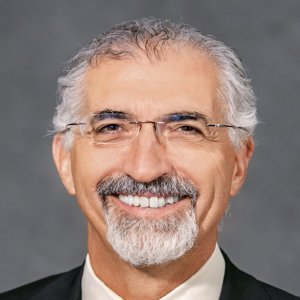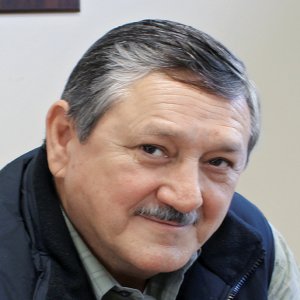Acquisition Paying off for Canadian Operator

STORY INLINE POST
Q: What have been the highlights of the merger between Alamos Gold and AuRico Gold, and how will this strengthen your growth portfolio?
A: The merger has given us increased scale with diversified production from three operating gold mines, two of which are in Sonora, Mexico, and the third is in Canada. We expect to produce 370,000–400,000 ounces of gold in 2016, of which 200,000-220,000 ounces is expected to be generated from our Mexican operations, making us one of the largest gold producers in the country. This has given us increased buying power at our Mexican mines, which has helped contribute to approximately US$20 million in annual synergies realized through the merger thus far. Additionally, our higher rate of production from a diversified portfolio of assets gives us a stronger platform from which to grow and reduces risk in the eyes of investors. With a strong balance sheet and strong cash flow growth expected from our core operations, we are well positioned to fund future growth from our development pipeline.
Q: How do you support your projects such as the Cerro Pelón and La Yaqui developments?
A: These growth initiatives are supported through cash flow. Our operating mines are generating sufficient cash flow to fund their growth capital spending and exploration budgets, including those at Cerro Pelón and La Yaqui. Despite lower gold prices over the past few years, we continue to invest in exploration and we have made some important breakthroughs, particularly at Cerro Pelón and La Yaqui where we recently reported substantial reserve and resource growth. We are in the process of obtaining environmental permits for these sites and expect to start construction on La Yaqui, the first of the two projects later this year. We expect initial production from La Yaqui mid-2017.
Q: What steps have you taken toward environmental protection in the areas surrounding your sites?
A: Reclamation has been a substantial focus from the outset. We were planting trees before we started mining, and we relocated hundreds of trees and shrubs which were considered endemic to the region. We follow a process of progressive reclamation, which means that we reclaim portions of the operation on an ongoing basis, instead of waiting until the end of the mine life. At Mulatos we have already reclaimed more than 20ha of leach pad and waste dump area. In addition, we invested approximately US$10 million in a water treatment facility well before this became a requirement of mining operations. Our goal is to contribute to the local ecosystems around our operations so that beyond the closure of our mines, we leave the area in a more advantageous position.
Q: Given the bear market conditions, what are the company’s objectives for 2016?
A: Gold miners in Mexico have been losing money for several years so the higher gold prices are extremely welcome. Our focus in 2016 will be increasing production and lowering costs at our Young-Davidson and Mulatos mines, a strategy that includes developing the lower cost Cerro Pelón and La Yaqui deposits. We expect this to drive significant free cash flow growth in the years ahead, which will help fund future growth from our development pipeline. As well as our La Yaqui and Cerro Pelón projects, we have a third project in Morelos called Esperanza. The site contains roughly 1.1 million ounces of gold and we see it as a promising low cost operation that could create a great deal of employment in an area that has suffered economically for a number of years.
























